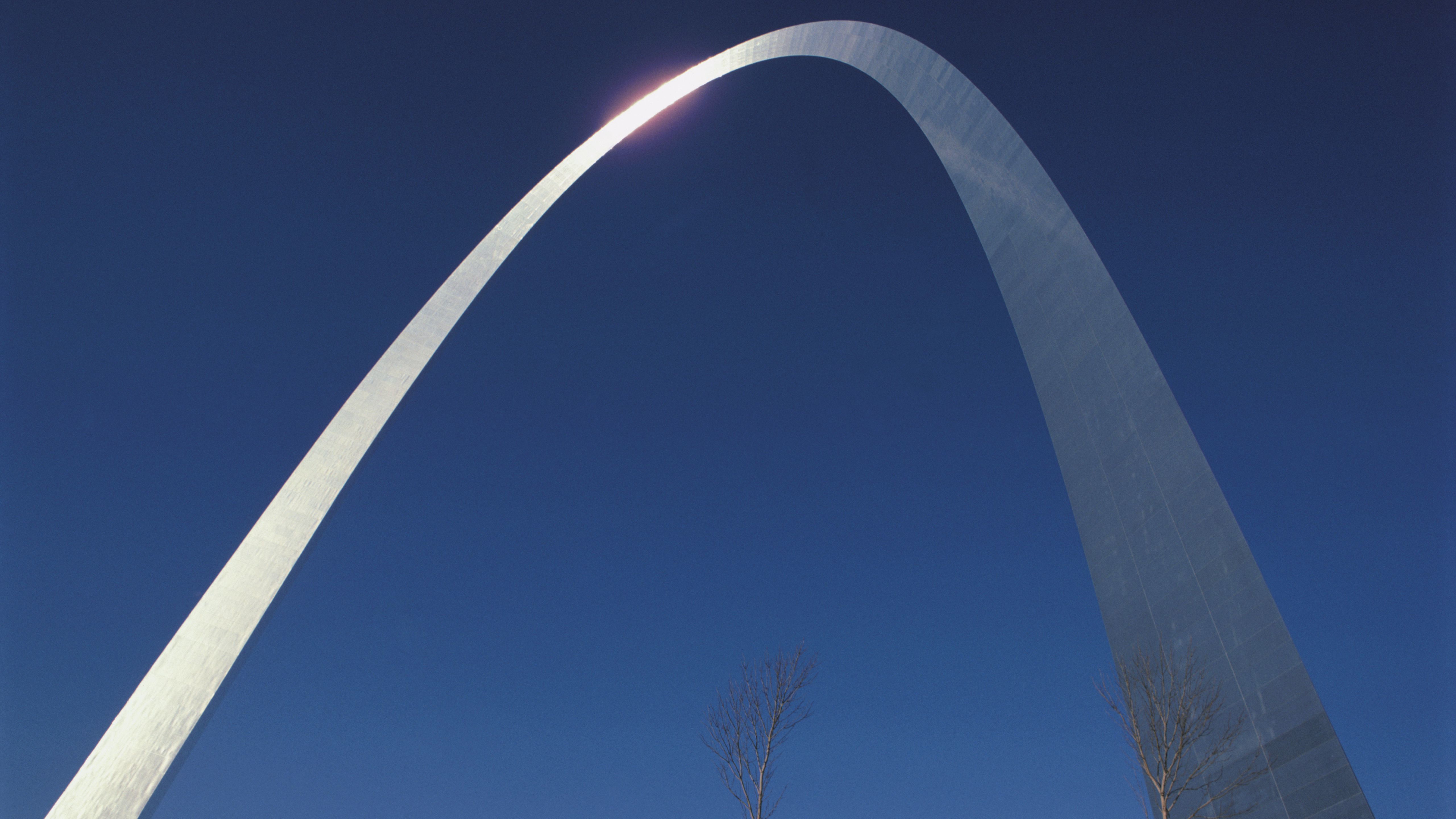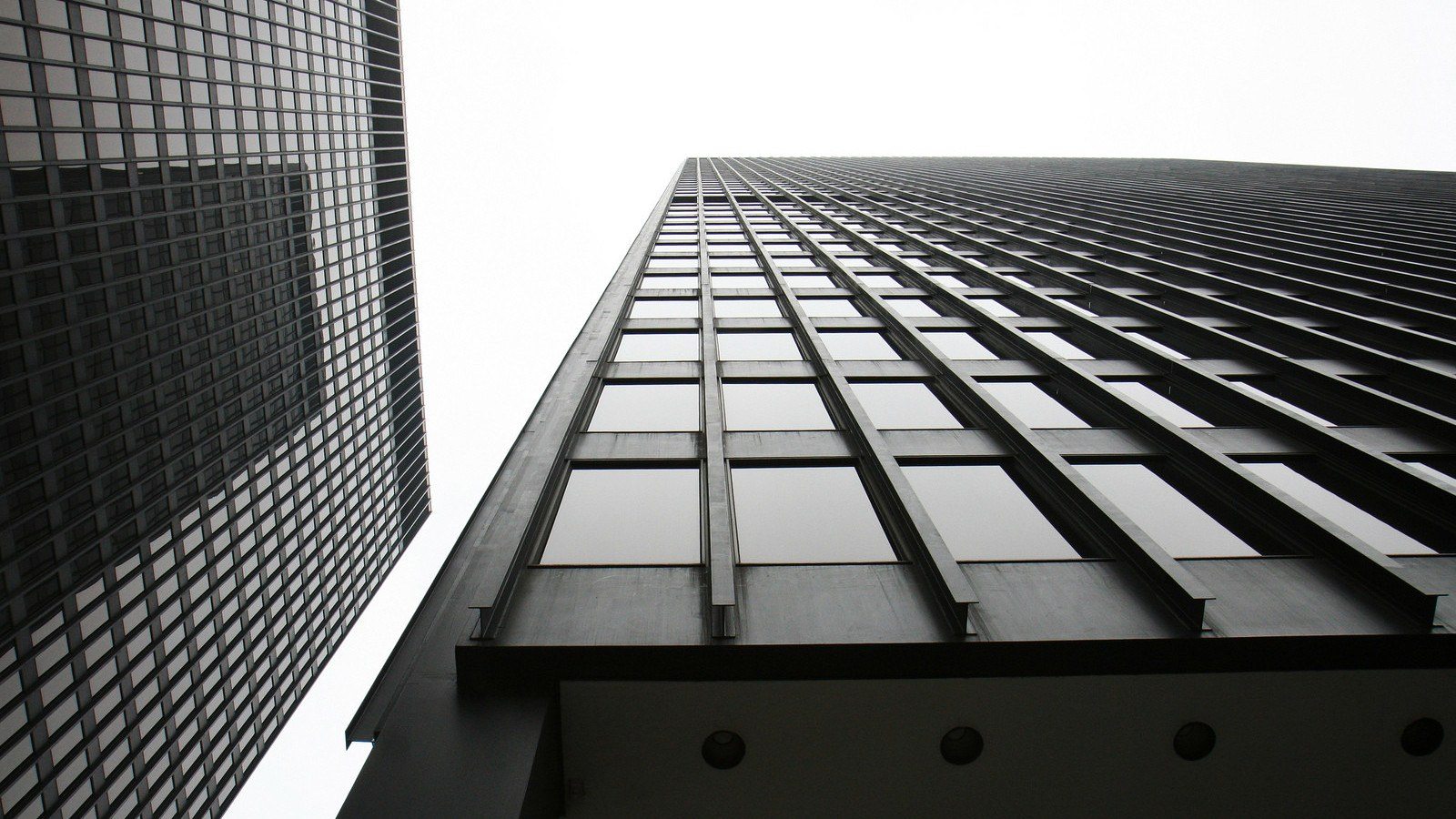Couperin’s “Les Barricades Mystérieuses”: A Sonic Kaleidoscope
The title of François Couperin’s Les Barricades Mystérieuses (“The Mysterious Barricades”) remains an enigma. One commentator has speculated that it may be a reference to continuous suspensions, or notes which hold over to create “a barricade to the basic harmony.” Others have suggested veiled references to freemasonry, masks worn by performers of Le Mystère ou les Fêtes de l’Inconnu (an event staged in 1714 by one of Couperin’s patrons), women’s eyelashes, or the wine barrels …




